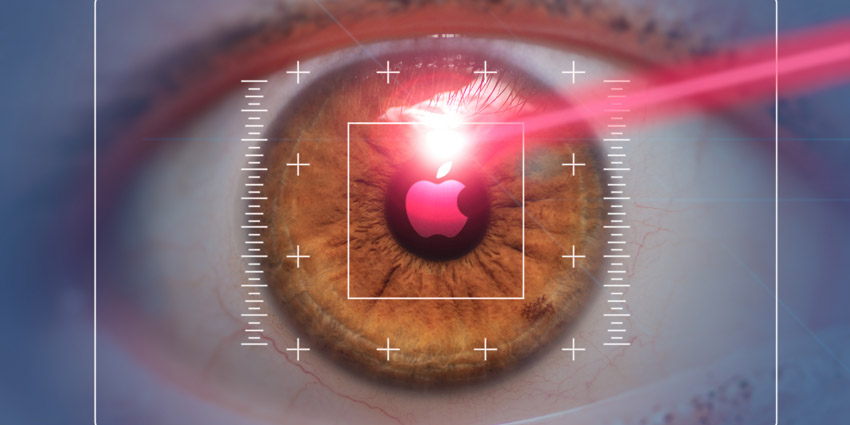Apple Inc has begun research on how its upcoming Apple Glass augmented reality (AR) smart glasses could potentially broadcast images directly on a user’s retinas rather than with screens.
The US tech giant recently filed a patent for its “Direct Retinal Projector” solution, which it states could be the next phase in developing AR and can avoid motion sickness and headaches while in use.
The patent explains this condition, known as “accomodation-convergence mismatch,” stating,
“Accommodation-convergence mismatch arises when a VR or AR system effectively confuses the brain of a user by generating scene content that does not match the depth expected by the brain based on the stereo convergence of the two eyes of the user”
Issues with depth perception lead to the illness, especially when focusing on objects further away, by confusing the minds natural ability to focus.
The patent, developed by Richard J Topliss, Alexander Shpunt, and James Foster, also explained stereoscopic systems display images to “trick the [eyes] into focusing at a far distance” in a bid to focus on a different image focal depth, causing further eyestrain and mental stress.
Such “undesireable” effects lead to limitations on how long a person can use an VR/AR device, namely due to headset weights, accommodation-convergence mismatching, and others.
Reports on the new technology state projecting images onto retinas would function similarly to natural sight, but should focus on the strength and brightness of the image source.
Light Field Solutions for XR Devices
The news comes amid an industry-wide push for innovative light field solutions designed to improve the quality of imaging in XR products to avoid convergence issues.
One such company, CREAL, has been developing XR light field solutions in a bid to tackle the concerns of eye strain and visual sensitivity.
The Swiss-based firm’s light field technologies work to correct field of view problems by producing images which adjust to the user’s natural depth perception to eliminate nausea and motion sickness.
Reports have shown the light field sector is expected to nearly double to $154 million by 2026.







